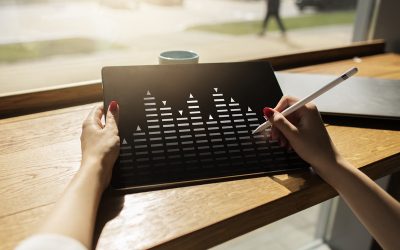Floor slip testing measures the friction coefficient of the flooring surfaces, which just means the resistance to slips and falls. The tests can be performed onsite in most cases, which means a professional tester comes to your location and performs the test for you. There are two testing options for pedestrian surfaces. If you’re planning to install new flooring, you need the new-surface test. However, the occupational hygienist can also test your existing floor. Slip-tests can be used on a variety of materials, including stone, timber, ceramic, pit covers, and vinyl. The products used on these surfaces, such as etchants, polishes, or sealers, can also be tested. Ramp testing is available for gratings, and there are no test options available for carpet.
Floor slip testing comes in many forms. If you have a new surface (not yet installed), there are multiple testing options, such as wet pendulum tests, dry floor friction resistance tests, wet barefoot incline testing, oil wet inclining tests, and others. For existing surfaces (those that are already installed), you have two testing options available, including the dry floor friction resistance test and wet pendulum resistance test. While you can choose the type you desire, most professionals recommend having all tests completed on the flooring to ensure that it is safe regardless of what might be spilled.
SESA understands that you care about your employees and clients and want them to be safe. It is up to you to monitor your pedestrian surfaces with regular floor slip testing to minimise the risk of slipping and ensure that you have a risk management plan in place that is well-maintained. Routine monitoring can include either method of testing as mentioned earlier or both. Over time, the surface can deteriorate, which makes it more slippery. You can choose to treat the surface or replace it to prevent the increased slipping risk.

